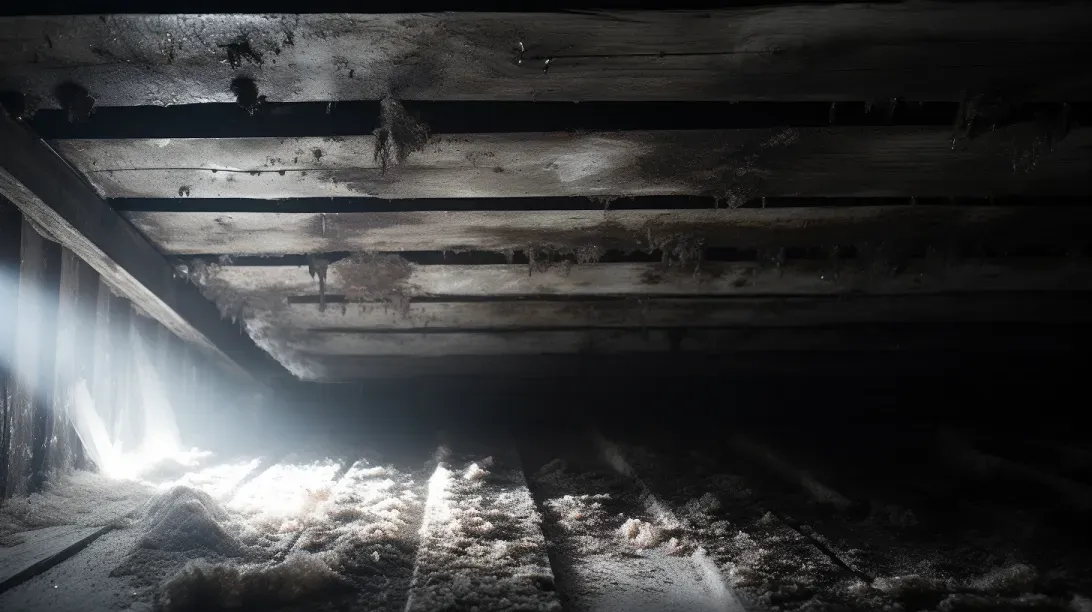
Successfully removing mold from your home or property is a significant achievement, but it's only part of the battle against this persistent issue. The importance of maintenance after mold removal cannot be overstated. It is a critical step in ensuring that the problem does not recur. This introduction explores the ongoing effort required to prevent mold from making an unwelcome comeback and the necessity of adopting a proactive approach to mold control.
Understanding the Need for Continuous Mold Prevention Efforts
Mold is not just a one-time adversary; it's a recurring challenge that demands continuous attention. Even after effective removal, the conditions that initially led to mold growth can still exist. Without proper maintenance and preventive measures, the risk of mold re-establishing itself remains high. This ongoing effort is essential in safeguarding your living or working environment against the health risks and structural damage that mold can cause.
Focusing on Maintenance Tips for Long-Term Mold Control
As we delve deeper into this guide, our focus will shift to practical and effective maintenance tips that are crucial for long-term mold control. These tips will cover a range of strategies, from managing humidity levels and ensuring adequate ventilation to regular inspections and immediate action on any signs of moisture problems. Emphasizing the importance of these maintenance practices, this guide aims to equip homeowners and property managers with the knowledge and tools necessary to keep their spaces mold-free in the long run.
The Basics of Mold Prevention Post-Removal
Successfully removing mold from your home or building is a significant step towards a healthier environment. However, the journey doesn't end there. Understanding the basics of mold prevention post-removal is crucial to ensure that the problem doesn’t recur. This section of the blog will delve into the reasons behind mold recurrence and discuss the key factors that are essential in preventing mold regrowth.
Understanding Mold Recurrence
Mold recurrence is a common issue that many face after initial removal efforts. Understanding the reasons behind this can help in taking effective measures to prevent it.
Explanation of How and Why Mold Can Return:
- Persistent Moisture: Mold thrives in moist environments. If the underlying moisture issue isn't resolved, mold is likely to return.
- Incomplete Removal: Sometimes, mold removal may not be thorough, leaving behind spores that can grow again.
- Environmental Conditions: High humidity, lack of ventilation, and warm temperatures can all contribute to mold regrowth.
- Cross-Contamination: During mold removal, spores can spread to other areas and grow if conditions are favorable.
Addressing these factors is key to preventing mold from making a comeback.
Key Factors in Mold Prevention
Preventing mold regrowth requires a multifaceted approach, focusing on several key factors that contribute to a mold-free environment.
Discussion on Primary Factors in Mold Prevention:
- Moisture Control: Addressing leaks, improving drainage, and using dehumidifiers can help keep the environment dry and unfavorable for mold growth.
- Proper Ventilation: Ensuring good air circulation in areas prone to moisture, like bathrooms and kitchens, can prevent mold.
- Regular Inspections: Periodic checks of prone areas and surfaces can help in early detection and remediation of potential mold growth.
- Humidity Monitoring: Keeping indoor humidity levels below 60% can significantly reduce the risk of mold.
- Material Choices: Using mold-resistant materials in high-moisture areas can also help in preventing mold growth.
By focusing on these key factors, homeowners and property managers can create an environment that is less conducive to mold growth, ensuring long-term mold prevention.
Regular Inspection and Monitoring
Regular inspection and monitoring are critical components in the ongoing battle against mold in homes and buildings. These proactive measures are essential for early detection and prevention of mold growth, helping to maintain a healthy living environment. This section of the blog will provide guidelines for setting up a regular inspection schedule and highlight key indicators to look for during these inspections.
Scheduling Routine Inspections
Establishing a routine schedule for inspecting your property for signs of mold is a vital step in mold prevention. Regular inspections can help catch potential problems before they escalate into major infestations.
Guidelines for Setting Up a Regular Inspection Schedule:
- Frequency of Inspections: Conduct thorough inspections at least twice a year, typically during the spring and fall, as these seasons often bring changes in moisture levels.
- After Events: Additional inspections should be done after incidents that could introduce moisture, such as heavy rains, flooding, or plumbing leaks.
- Seasonal Adjustments: Adjust the frequency of inspections based on the climate and season, as some environments may require more frequent checks.
- Record Keeping: Keep a log of inspection dates and any findings. This record can be valuable for tracking changes over time and identifying recurring issues.
A well-planned inspection schedule is a proactive approach to preventing mold growth in your property.
What to Look For During Inspections
Knowing what to look for during inspections is crucial for early detection of mold or moisture issues. Here are key indicators to be aware of:
Key Indicators of Potential Mold Growth or Moisture Issues:
- Visible Mold: Look for any signs of mold growth, which can appear as spots or patches in various colors like black, green, or white.
- Musty Odors: A musty, earthy smell is often a strong indicator of mold presence, even if it's not visible.
- Water Stains or Discoloration: Check for water stains on walls, ceilings, and floors, which can indicate moisture problems.
- Condensation: Look for signs of condensation on windows, pipes, or walls, as this can lead to mold growth.
- Peeling or Bubbling Paint or Wallpaper: This can be a sign of moisture behind the walls.
- Warped or Buckled Wood: Warping in wooden structures can be caused by moisture, which is a precursor to mold growth.
Regularly inspecting for these indicators can help in the early identification and remediation of mold and moisture issues, maintaining the health and integrity of your property.
Moisture Control Strategies
Effective moisture control is a cornerstone in preventing mold growth and maintaining a healthy indoor environment. Excess moisture is the primary catalyst for mold proliferation, making it imperative to manage and regulate moisture levels within your home or building. This section of the blog will provide insights into identifying and addressing common sources of moisture, as well as an overview of the tools and techniques that can be employed for effective moisture management.
Identifying and Addressing Moisture Sources
The first step in moisture control is identifying the sources of excess moisture. Once these sources are identified, appropriate measures can be taken to address them.
Tips for Identifying Common Sources of Moisture:
- Leaks: Check for leaks in plumbing, roofs, and windows. Even small leaks can lead to significant moisture problems over time.
- Condensation: Look for signs of condensation on windows, pipes, and walls, which can indicate high humidity levels.
- Poor Ventilation: Areas with poor ventilation, such as bathrooms and kitchens, can accumulate moisture. Ensure these areas are well-ventilated.
- Groundwater Intrusion: Inspect the foundation and crawl spaces for signs of water seepage or dampness from the ground.
- Humidifiers: Overuse of humidifiers can increase indoor humidity levels. Monitor and adjust their usage as needed.
Addressing these moisture sources is crucial in creating a dry and mold-resistant environment.
Tools and Techniques for Moisture Management
Maintaining optimal humidity levels is key to preventing mold growth. Various tools and techniques can be utilized to manage indoor moisture effectively.
Overview of Tools and Techniques for Moisture Management:
- Dehumidifiers: These devices are essential in areas with high humidity. They help to maintain a healthy level of humidity, typically between 30-50%.
- Hygrometers: Use a hygrometer to monitor indoor humidity levels. This can help you adjust your moisture control strategies as needed.
- Ventilation Improvements: Install exhaust fans in high-moisture areas like bathrooms and kitchens. Ensure that attics and crawl spaces are also well-ventilated.
- Vapor Barriers: In crawl spaces and basements, vapor barriers can prevent moisture from seeping in from the ground.
- Regular Maintenance: Keep gutters clean and ensure downspouts direct water away from the foundation. Regularly inspect and maintain HVAC systems to ensure they are not contributing to indoor moisture problems.
Implementing these tools and techniques can significantly aid in controlling indoor moisture levels, thereby reducing the risk of mold growth and ensuring a healthier living or working environment.
Ventilation Improvements
Proper ventilation is a key factor in preventing mold growth in homes and buildings. Enhancing air circulation helps to reduce moisture levels, a primary condition for mold proliferation. This section of the blog will focus on providing advice on improving air circulation in areas prone to mold growth and will detail specific ventilation solutions for high-risk areas such as bathrooms, kitchens, and basements.
Enhancing Air Circulation
Improving air circulation in your home is essential for preventing mold growth, especially in areas that naturally tend to have higher moisture levels.
Advice on Improving Air Circulation:
- Use of Fans: Installing exhaust fans, particularly in kitchens and bathrooms, can significantly help in removing moist air.
- Cross Ventilation: Open windows and doors to create cross ventilation, especially during dry, sunny days to allow air movement.
- Air Conditioning: Use air conditioning to reduce indoor humidity and improve air circulation.
- Rearrange Furniture: Ensure that furniture does not block air vents or grilles to allow free air flow.
- Regular Maintenance: Clean and maintain HVAC systems and air ducts to ensure they are functioning efficiently and not contributing to poor air quality.
Implementing these strategies can greatly enhance air circulation, reducing the likelihood of mold growth in your home.
Ventilation Solutions for High-Risk Areas
Certain areas in homes, like bathrooms, kitchens, and basements, are more prone to mold growth due to higher levels of moisture. Specific ventilation solutions are needed for these areas.
Specific Solutions for Enhancing Ventilation:
- Bathrooms: Install exhaust fans that vent to the outside. Use them during and after showers or baths to remove moist air.
- Kitchens: Use range hoods when cooking to remove steam and cooking fumes. Ensure that the hood vents outside.
- Basements: Basements can benefit from dehumidifiers to reduce moisture levels. Consider installing window fans or vents for additional air circulation.
- Attic Ventilation: Proper attic ventilation is crucial to prevent moisture buildup that can seep into living spaces. Ensure that attic vents are not blocked.
- Whole-House Ventilation Systems: In some cases, installing a whole-house ventilation system can be an effective solution to ensure continuous air exchange.
By focusing on these specific solutions for high-risk areas, you can significantly improve ventilation, thereby creating an environment that is less conducive to mold growth.
Cleaning and Maintenance Routines
Maintaining a clean and well-maintained home or building is essential in the fight against mold growth. Regular cleaning practices not only contribute to a healthier living environment but also play a crucial role in mold prevention. This section of the blog will focus on recommended cleaning practices to minimize the risk of mold growth and provide information on choosing and using safe and effective mold-preventive cleaning products.
Regular Cleaning Practices
Implementing a routine cleaning schedule is one of the most effective ways to prevent mold growth. Regular cleaning helps to remove potential mold spores and manage the conditions that allow mold to thrive.
Recommended Cleaning Practices to Minimize Mold Risk:
- Dust and Vacuum Regularly: Regular dusting and vacuuming can reduce the number of mold spores in your home. Use a vacuum with a HEPA filter for best results.
- Clean and Dry Wet Areas Immediately: Address spills, leaks, and condensation promptly. Ensure that wet areas are thoroughly dried to prevent mold growth.
- Bathroom and Kitchen Cleaning: These areas are prone to mold due to higher moisture levels. Regular cleaning of tiles, shower curtains, and kitchen surfaces is essential.
- Control Clutter: Reduce clutter to improve air circulation and make cleaning easier, especially in areas like basements and storage rooms.
- Regularly Clean Fabrics: Wash and dry fabrics regularly, including curtains, upholstery, and bedding, to prevent mold spores from accumulating.
Adhering to these cleaning practices can significantly reduce the likelihood of mold growth in your home.
Safe and Effective Cleaning Products
Choosing the right cleaning products is important for effective mold prevention. Safe and effective mold-preventive cleaning products can help in maintaining a mold-free environment.
Information on Choosing and Using Mold-Preventive Cleaning Products:
- Selecting Products: Look for cleaning products specifically designed to prevent mold. These products often contain antimicrobial agents.
- Natural Options: For a more natural approach, consider using vinegar, baking soda, or tea tree oil, which have mold-preventive properties.
- Read Labels Carefully: Always read and follow the instructions on cleaning product labels for safe and effective use.
- Avoid Harsh Chemicals: Be cautious of products with harsh chemicals. They can be effective against mold but may pose health risks if not used correctly.
- Regular Application: For areas prone to mold, regular application of these cleaning products can help keep mold at bay.
Using the right cleaning products, along with regular cleaning practices, is a key component in maintaining a mold-free environment in your home.
FAQs
Contact Bull City Crawlspace Today!
Bull City Crawlspace will do everything we can to ensure your experience with us is excellent.
Request A FREE Estimate
Request a Free Estimate Form
Checkout Recent Post
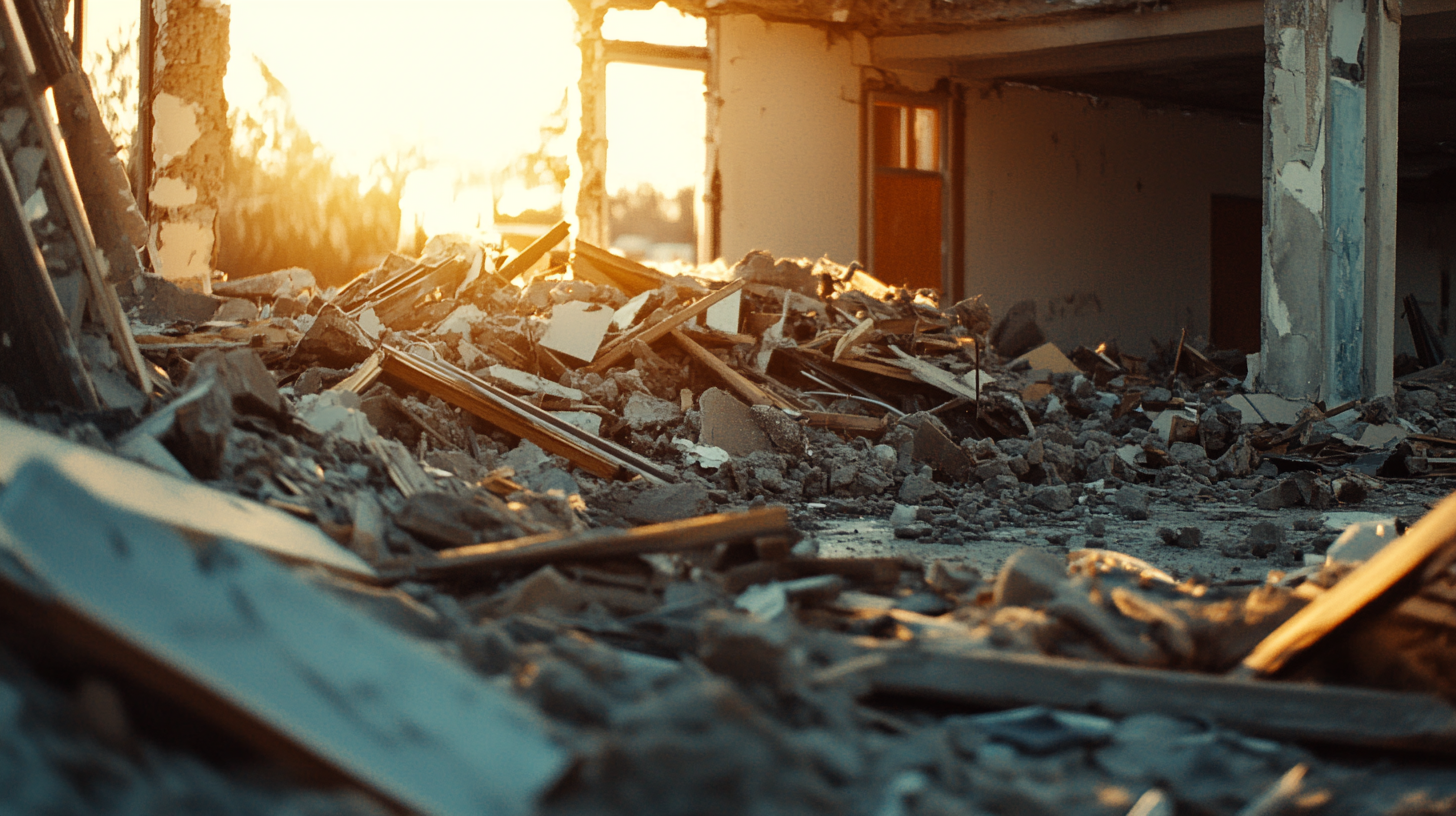
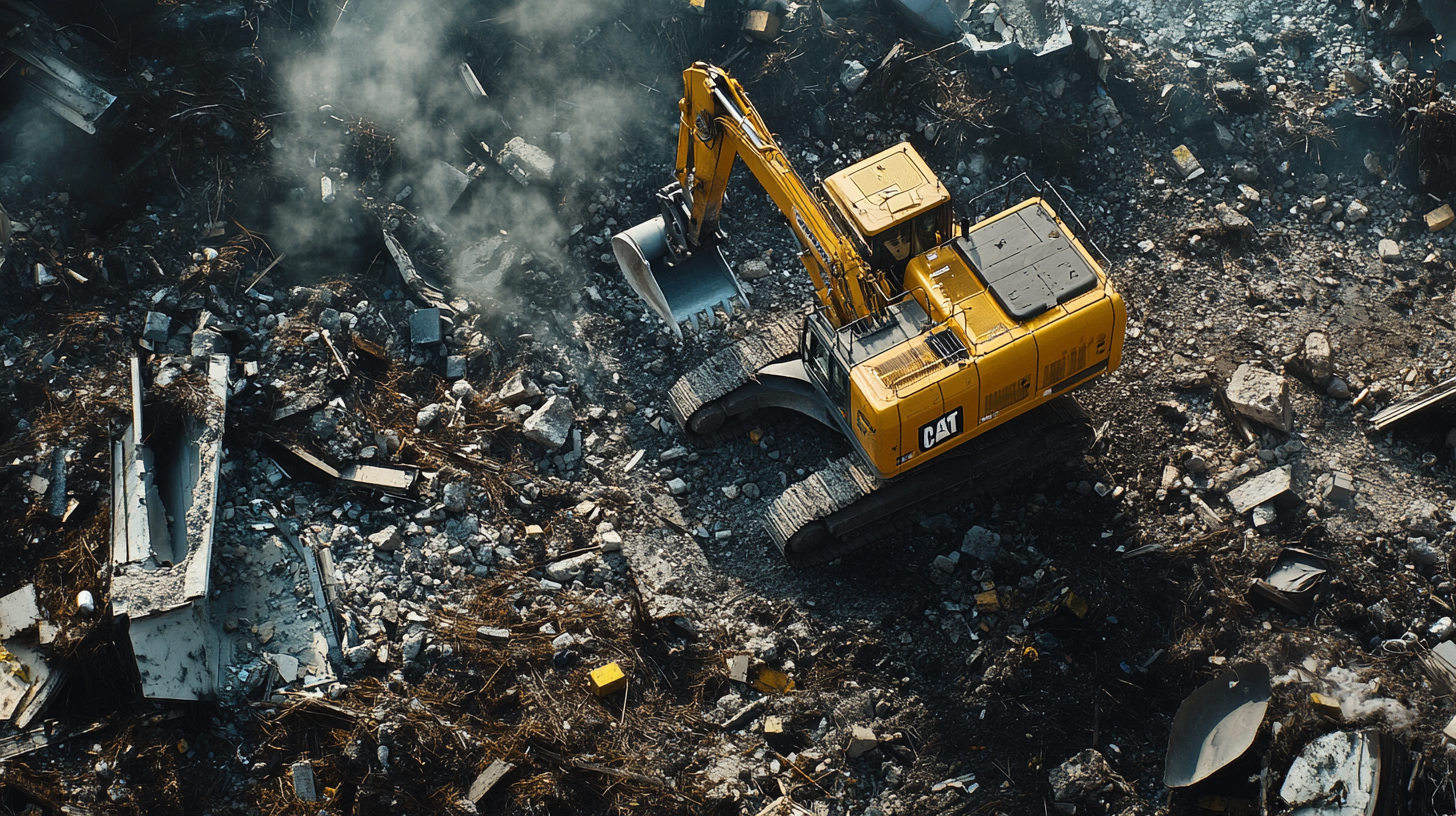
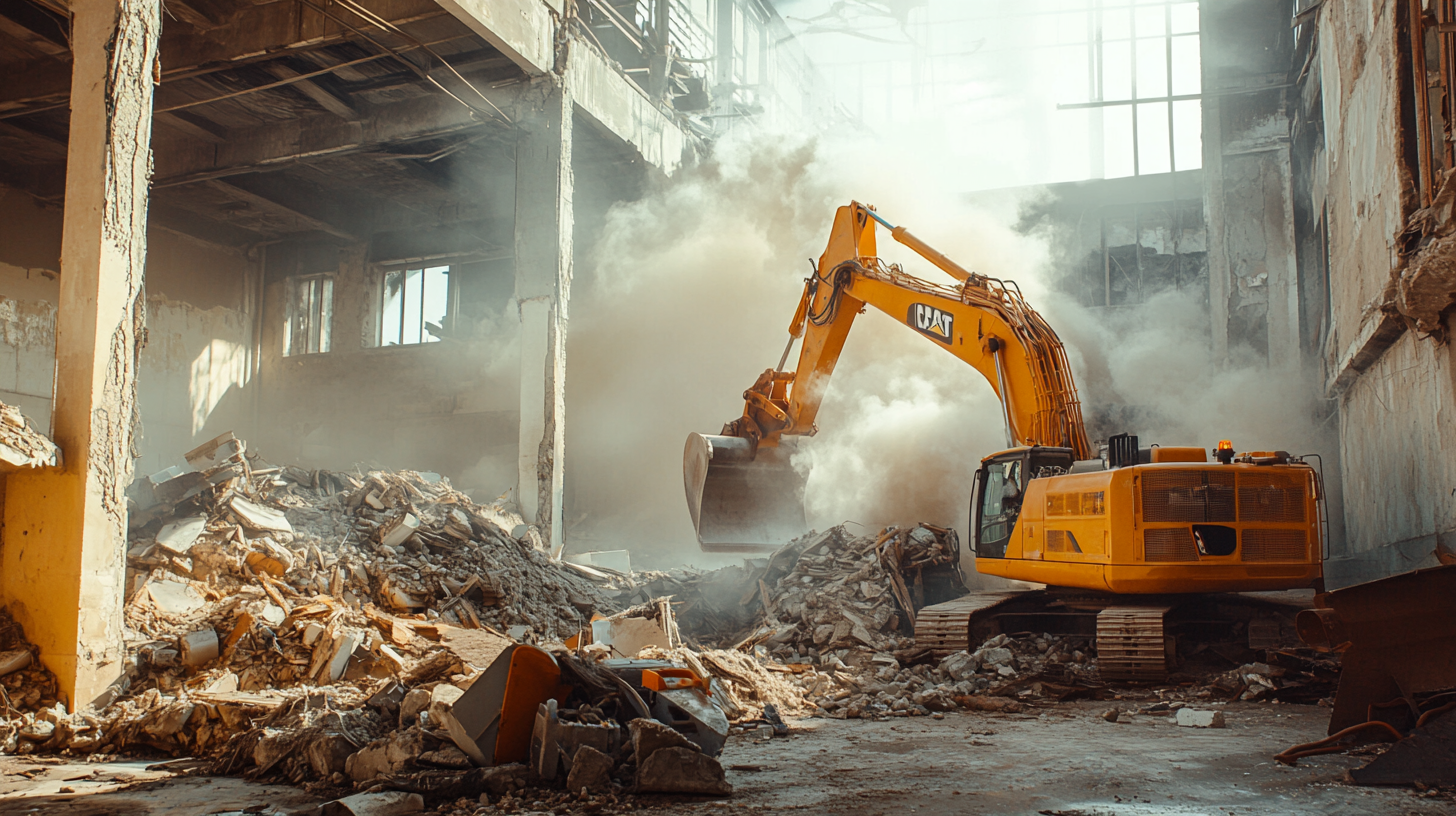
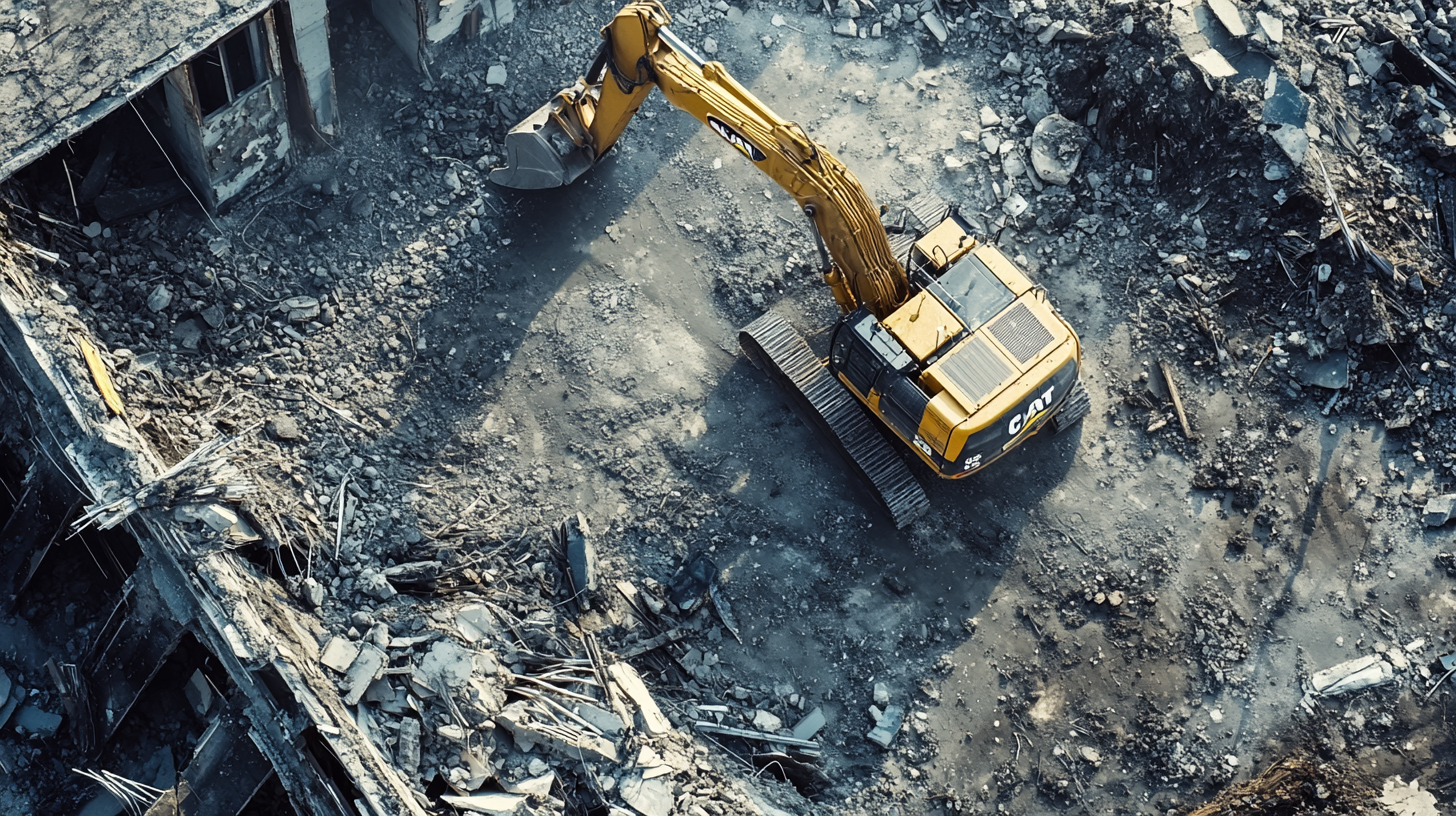
Got a Question? We’re Here to Help.
You can arrange an appointment or make an enquiry by phone or email, orget in touch to us via our contact form.

